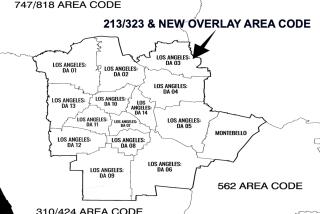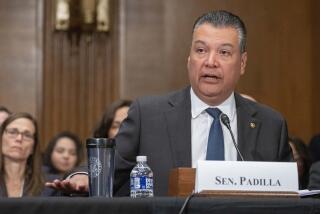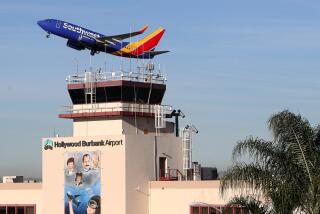Area Codes Not Simply Numbers
- Share via
No one is enthusiastic about the impending split of the 818 telephone area code. Business owners, in particular, grouse that next year’s switch will cost thousands of dollars apiece as they change everything from letterheads to the sides of delivery vans, and predict that potential customers will be put off by the new and unfamiliar 626 area code.
Inconvenient as it will no doubt be for those affected, the switch is inevitable as the demand for new phone numbers grows at geometric rates. Everything from cellular phones to credit card readers at gas pumps needs an individual phone number. Without a split, the 818 area code--which stretches out to the San Gabriel Valley--will run out of numbers in 1998.
Under the split to be considered later this year by the Public Utilities Commission, the new area code will cover the San Gabriel Valley as well as the cities of Burbank and Glendale. The cities have filed a joint complaint with the commission in an effort to remain a part of the 818 area code. It’s unlikely that the complaint will change the boundaries since the new boundaries were drawn to correspond with existing exchanges and to allow similar levels of growth in both area codes.
Glendale and Burbank raise valid points in their complaint, though. Both cities are more closely tied to the San Fernando Valley--which will remain 818--than to the San Gabriel Valley. Area codes, like ZIP Codes, provide a sense of community identity. Changing them every few years is costly and confusing. When 310 was introduced on the Westside, for instance, many neighborhoods were cut in half.
In all likelihood, Glendale and Burbank face the same fate. But as the need for new numbers climbs, the competing companies that provide phone service need to work together to solve the long-term problem of how to meet the demand without sacrificing the public.
More to Read
Sign up for Essential California
The most important California stories and recommendations in your inbox every morning.
You may occasionally receive promotional content from the Los Angeles Times.










